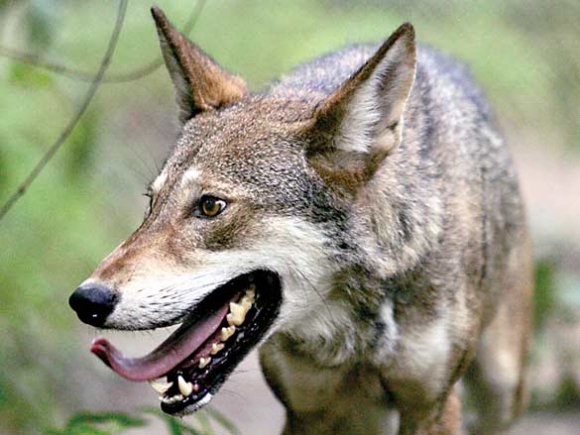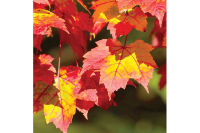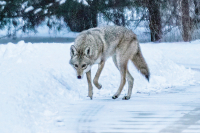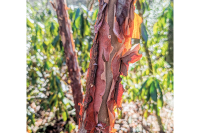Red wolf reintroduction to cease in southeast N.C.

Red wolves will be removed from the majority of the five-county area of eastern North Carolina where they now exist in the wild, following a Sept. 12 decision from the U.S. Fish and Wildlife Service.
After nearly two years evaluating the feasibility of continuing reintroduction efforts — the reintroduction program was suspended in the meantime — Fish and Wildlife concluded that recovery in the wild is possible if “significant changes” are implemented. Meanwhile, environmental groups are decrying the decision as “disastrous” and a “devastating blow” to a highly endangered animal.
Over the next year, Fish and Wildlife will “move quickly to secure the captive population of red wolves, which we know now is not sustainable in its current configuration.” The question of sustainability had largely hinged on genetic issues from interbreeding with coyotes and conflicts with landowners. Red wolves will be allowed to stay on at the Dare County Bombing Range and Alligator River National Wildlife Refuge, where stable packs exist on federal lands.
By October 2017 Fish and Wildlife will determine where additional experimental wild populations could be reintroduced. In the same timeframe, Fish and Wildlife will complete a comprehensive Species Status Assessment and five-year status review for the red wolf to guide future recovery planning. The review will examine whether the red wolf is a “valid, listable entity” the press release said, adding that the red wolf’s historical range has been “a relatively consistent source of debate.”
Bolstering captive populations will also be a priority, as the existing 29 captive breeding pairs are not enough to sustain the population — at least 52 are needed, the release said.
“We believe the actions we’ve outlined today chart the correct path to achieve success,” Cindy Dohner, the regional director for Fish and Wildlife’s southeast region. “We need everyone’s help to ensure this species is around for future generations. We’re on the right road, but we have a great deal of work to do with our state partners, landowners, conservation groups and others.”
Related Items
According to Defenders of Wildlife, ending reintroduction efforts for the fewer than 45 wild red wolves in existence is further evidence of Fish and Wildlife’s “consistent mismanagement” of the red wolf recovery program.
“Never before has the U.S. Fish and Wildlife Service so directly turned its back on an endangered species recovery effort,” said Jamie Clark, CEO and President of Defenders. “The agency is essentially giving up on the red wolves in the wild today, with vague promises of reintroduction efforts elsewhere, sometime in the future.”
Instead, Clark said, Fish and Wildlife should resume red wolf releases in the existing area, reinstate coyote management and establish new release sites.
“It has been 25 years since the last time the agency was bold enough to start a new wild population (in Great Smoky Mountains National Park), and a reasonable observer would conclude that it may be another 25 years before they are brave enough to try again anywhere in the Southeast,” said Ron Sutherland, conservation scientist for Wildlands Network. “The goal of the Endangered Species Act is to recover endangered species in the wild, not protect them forever in zoos.”













